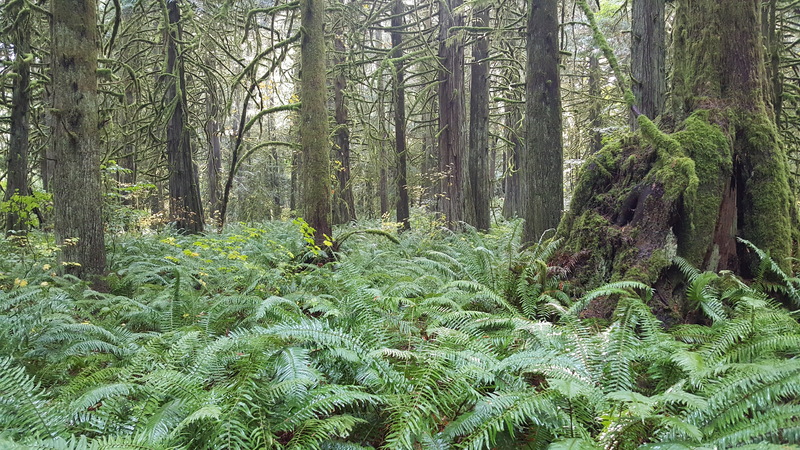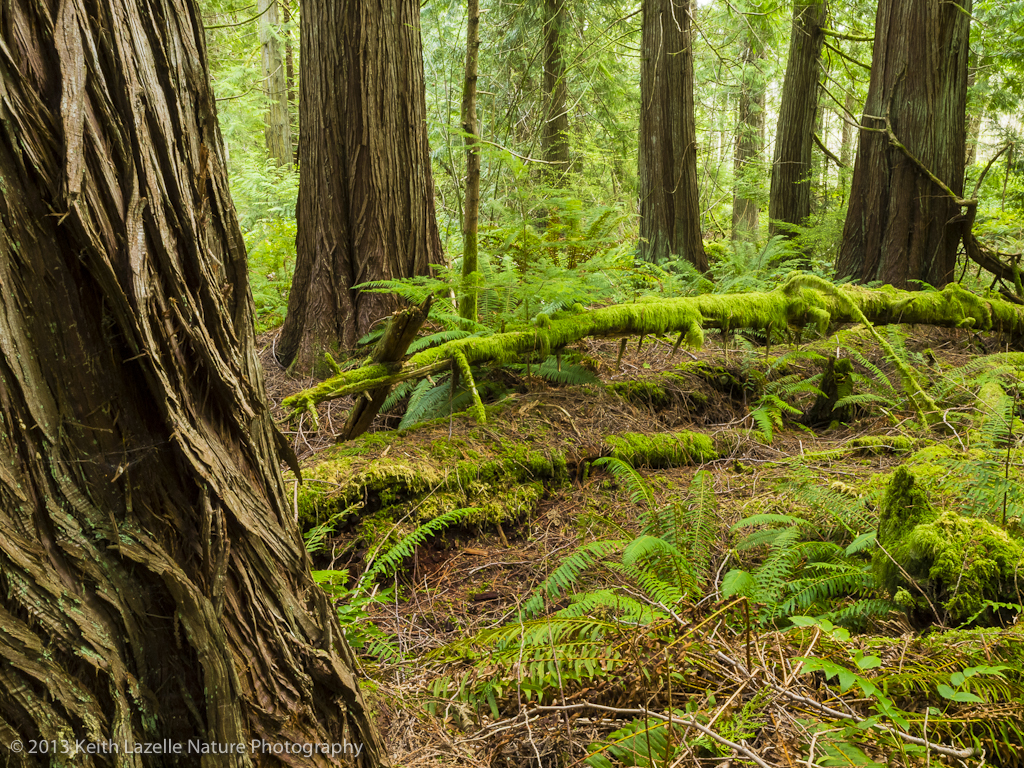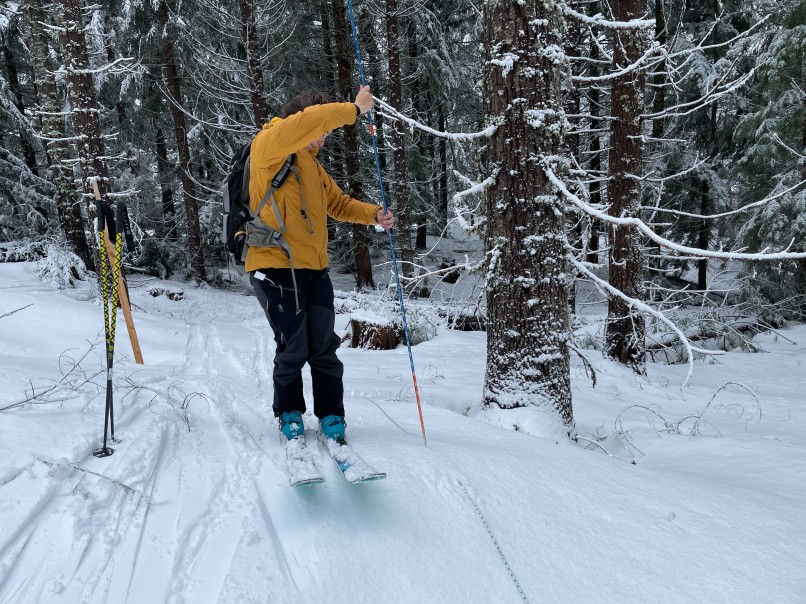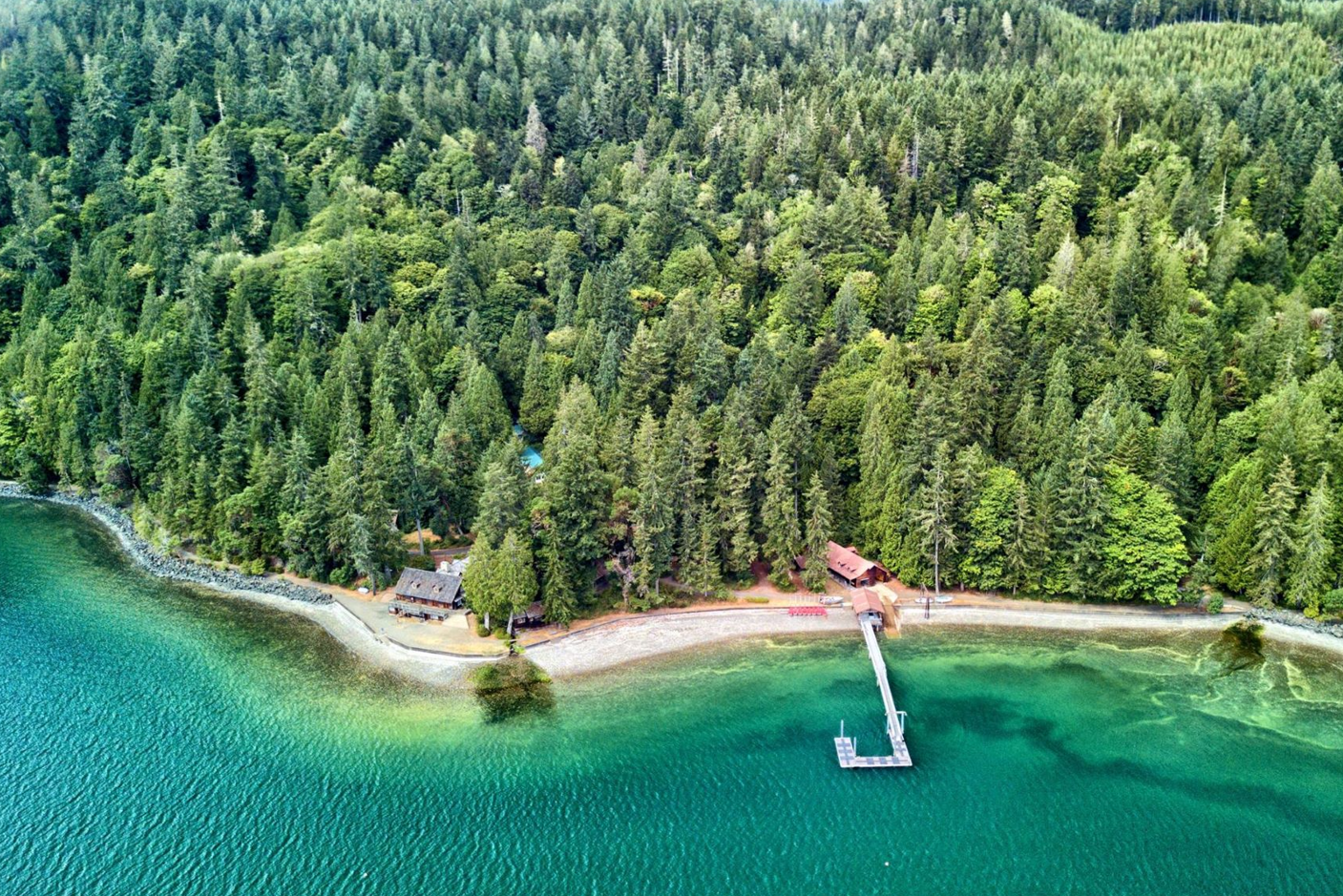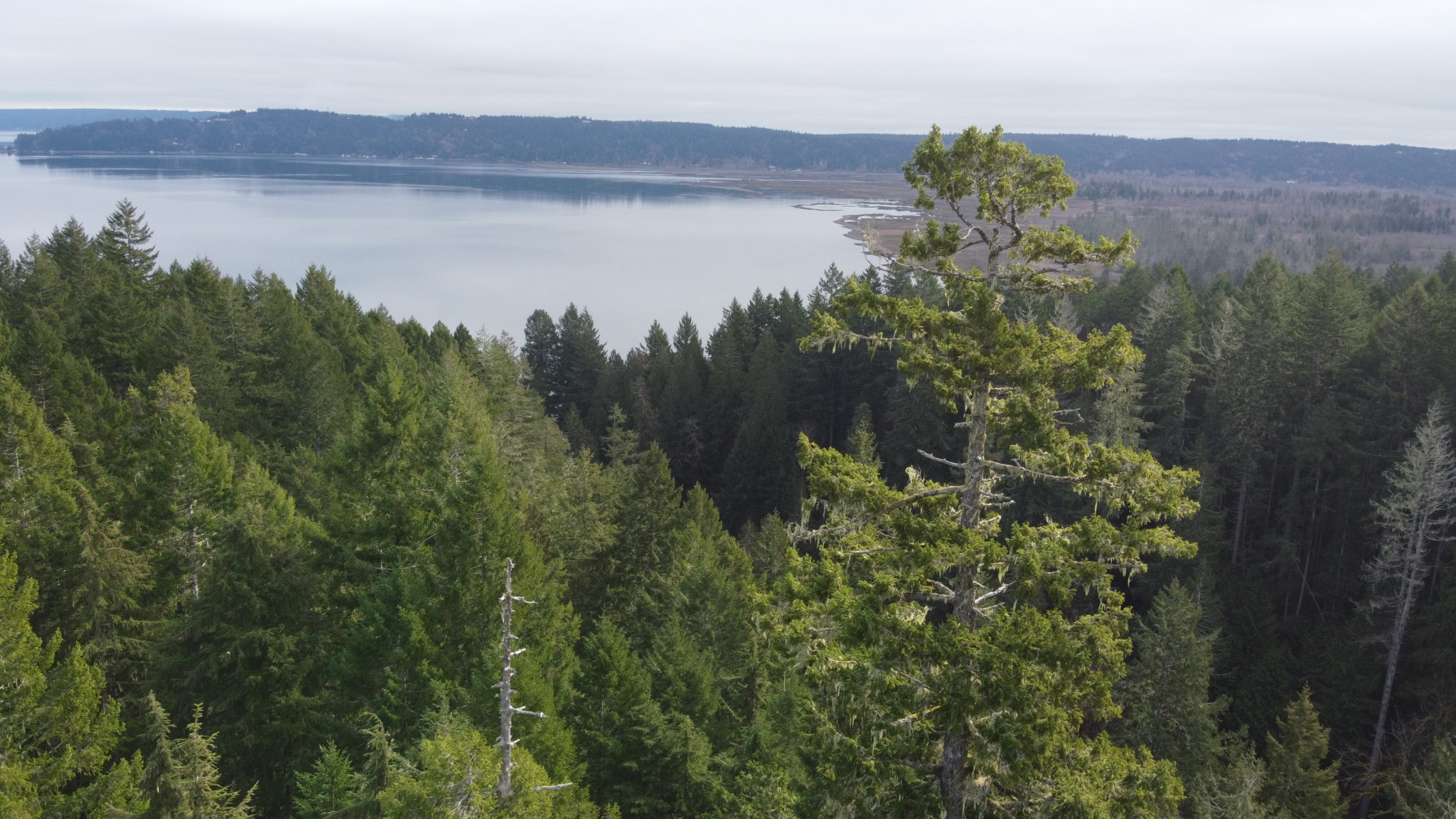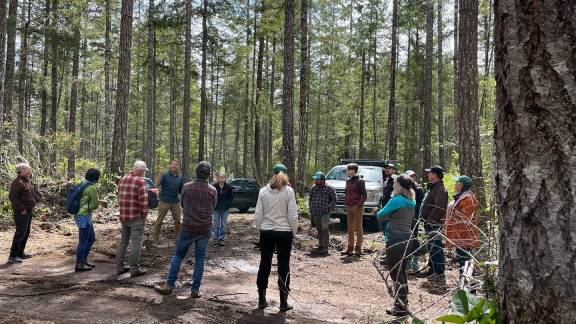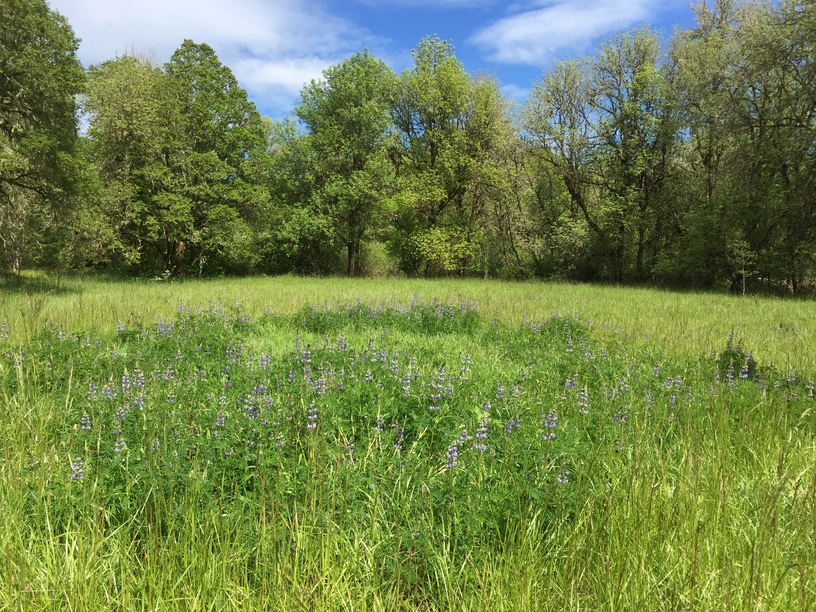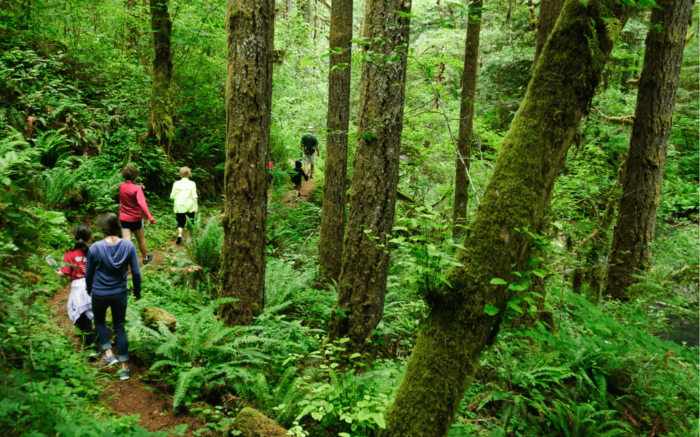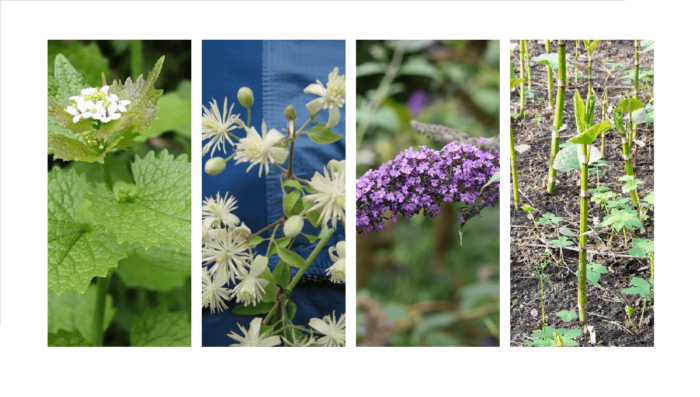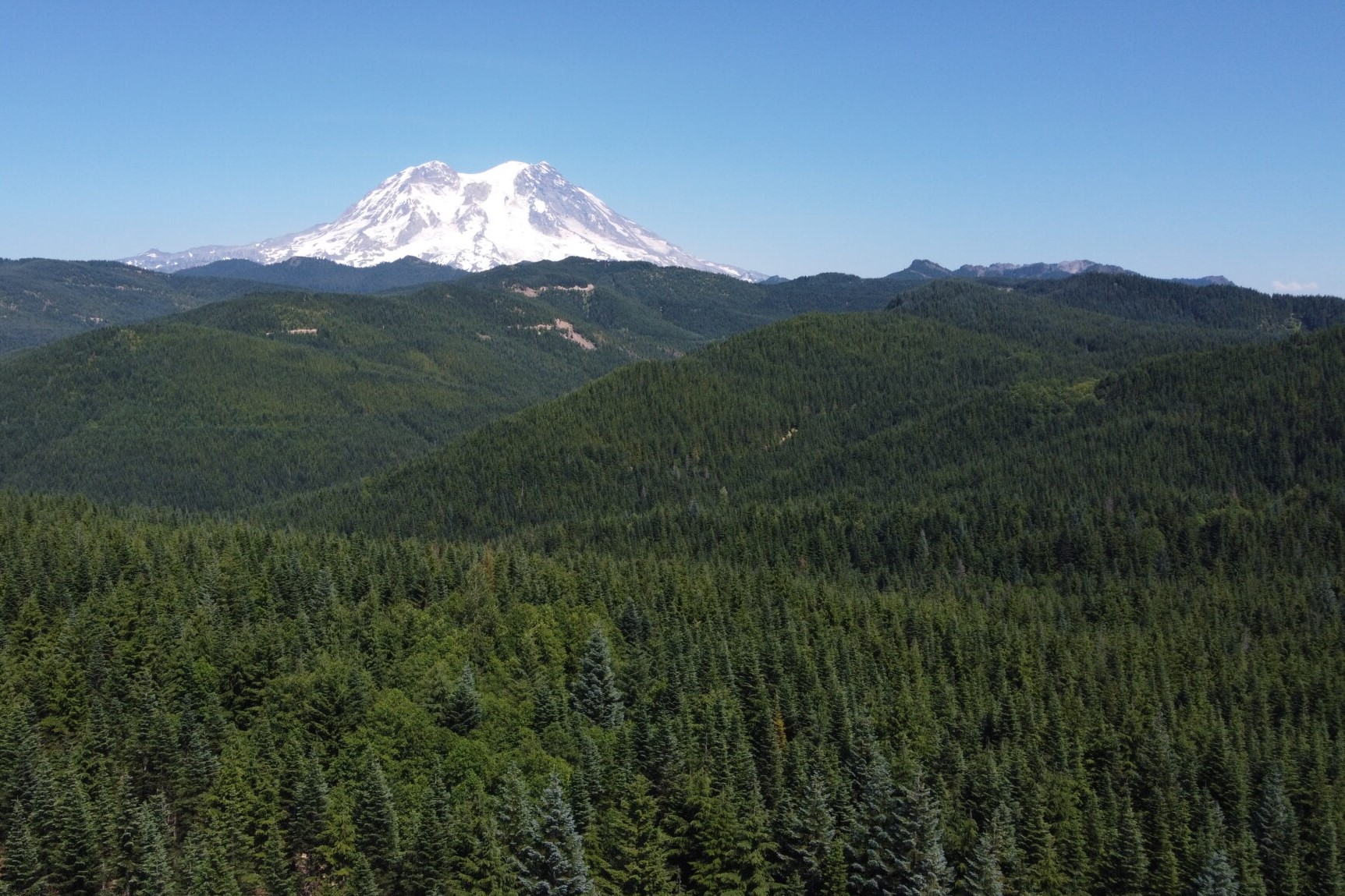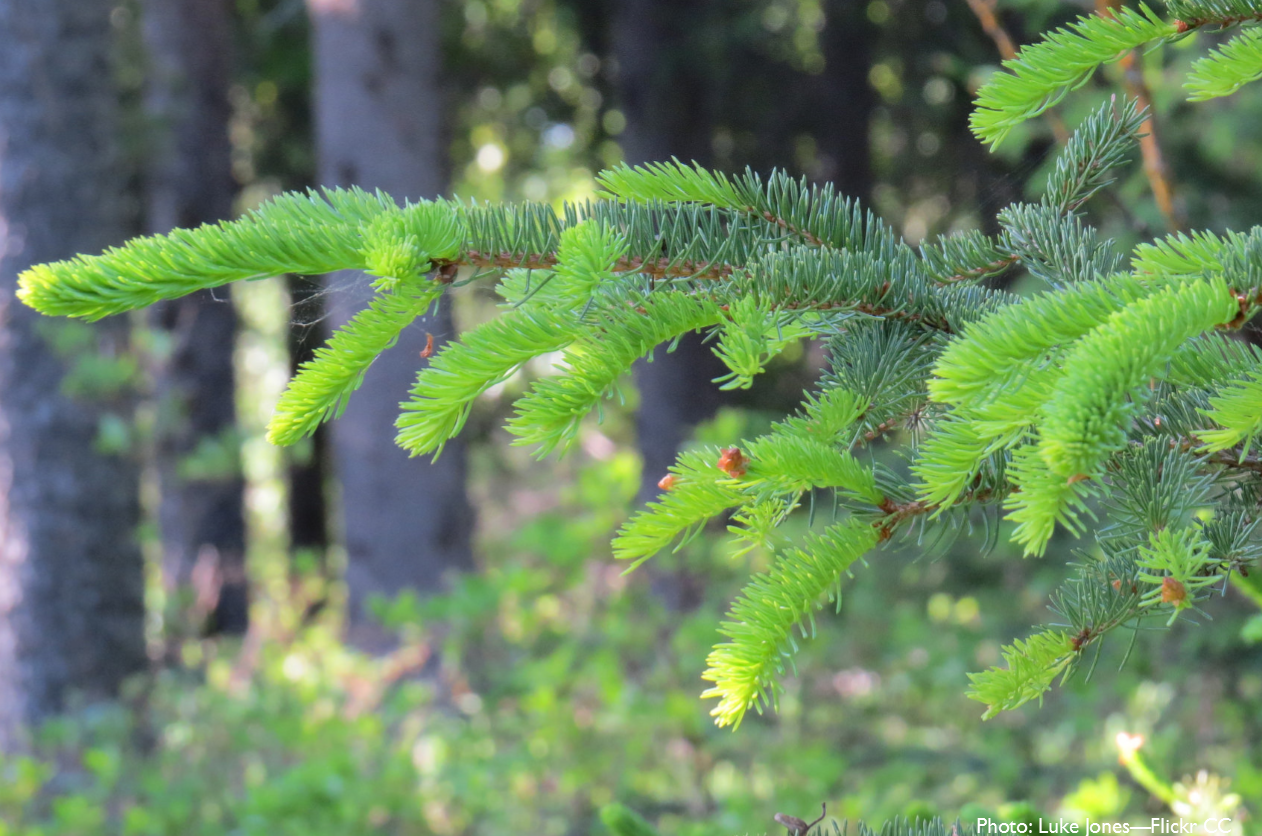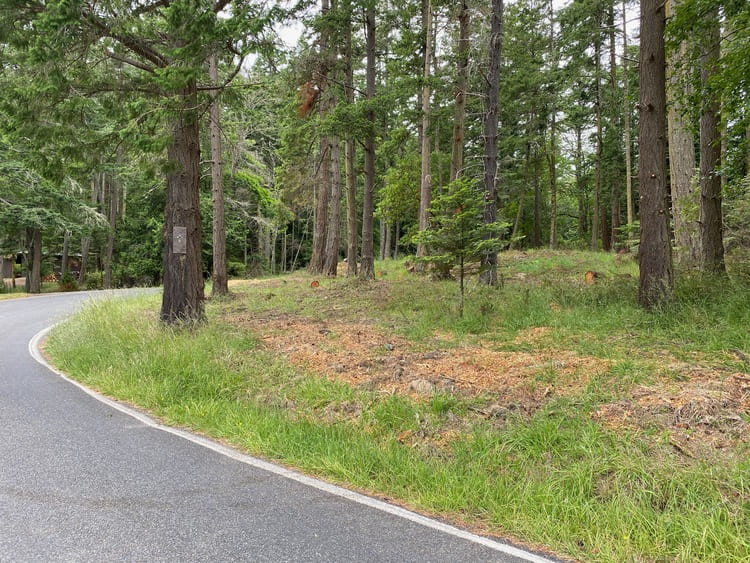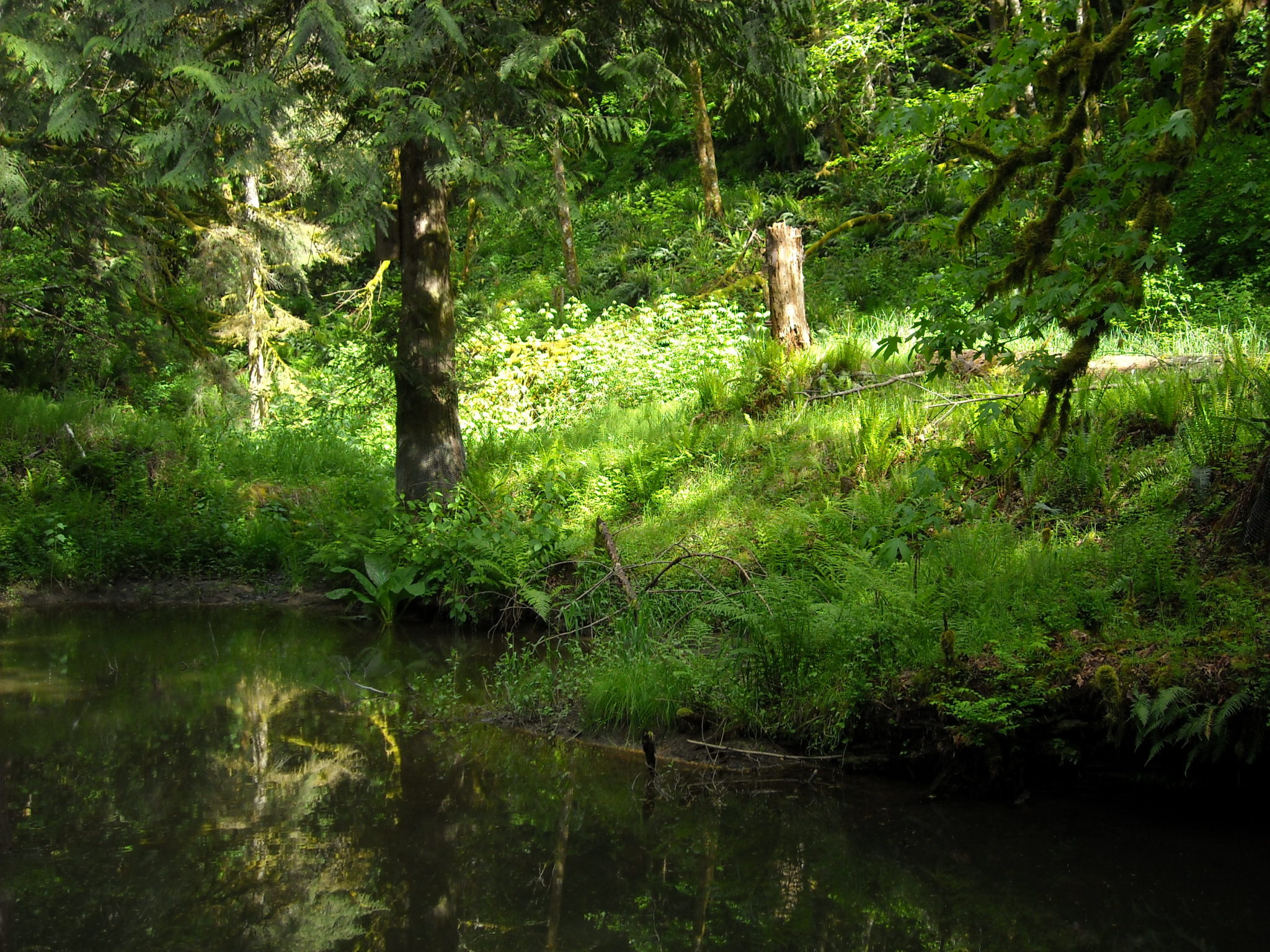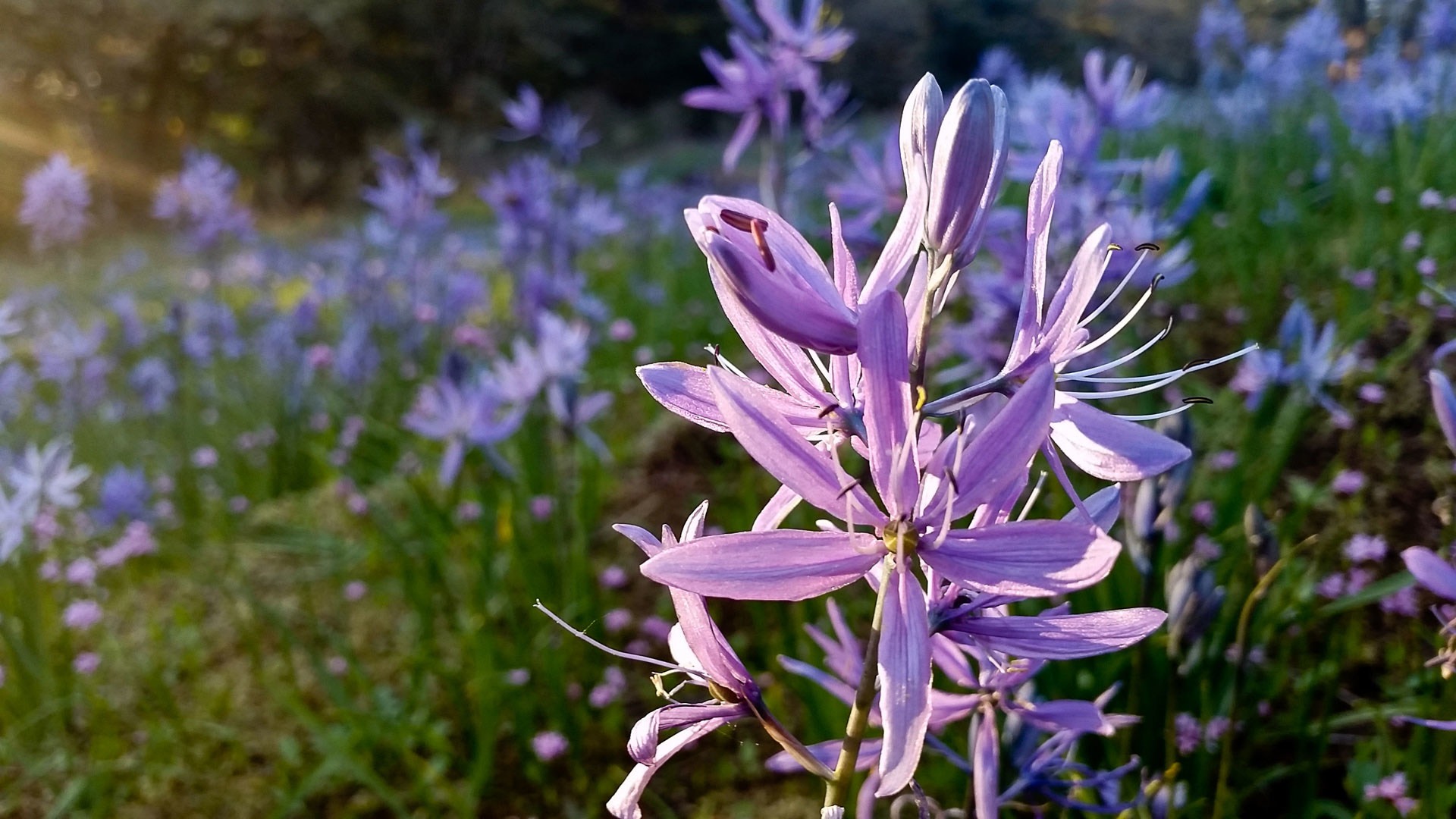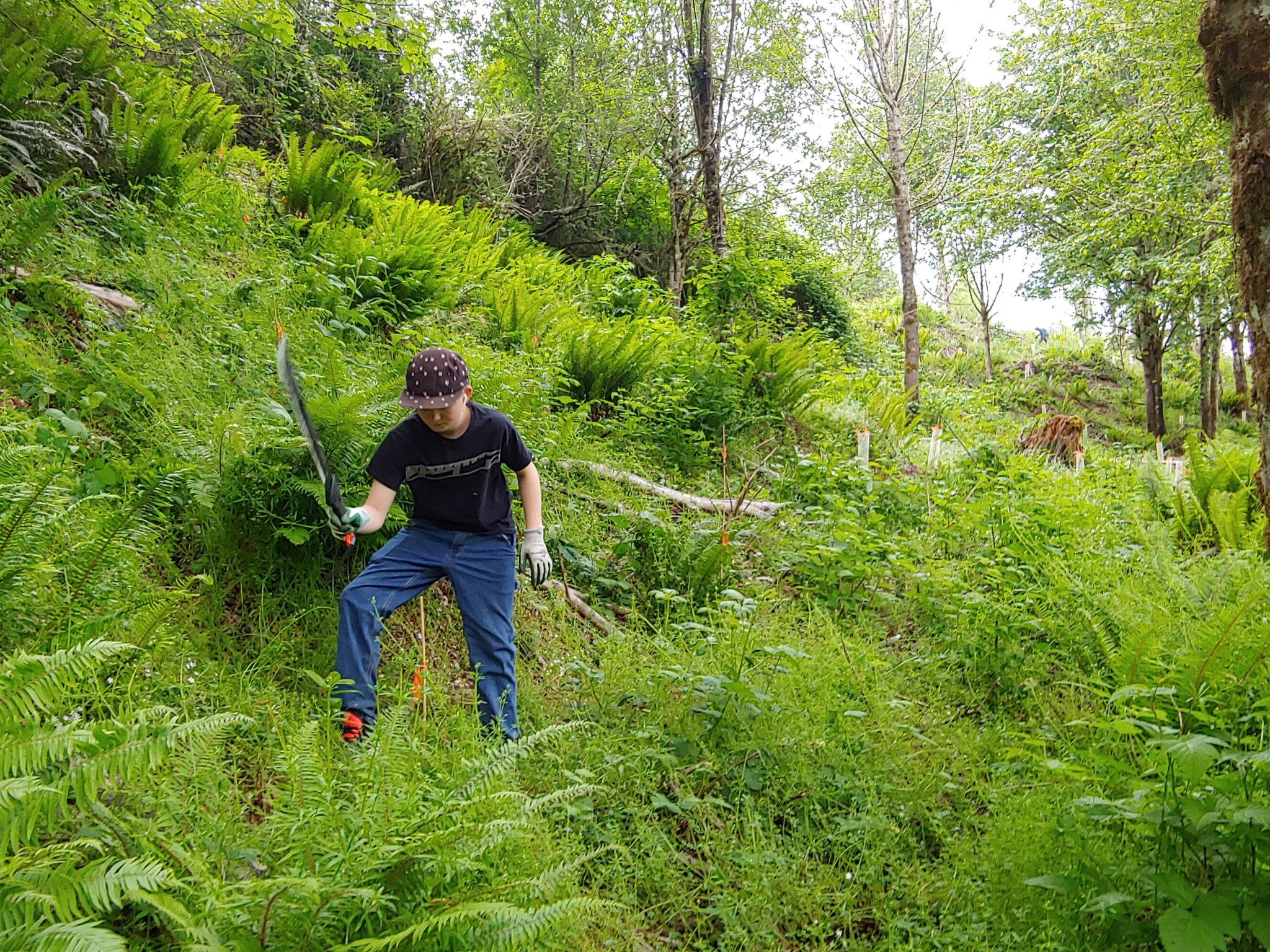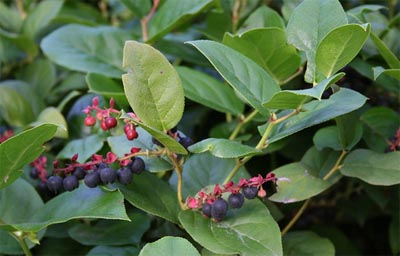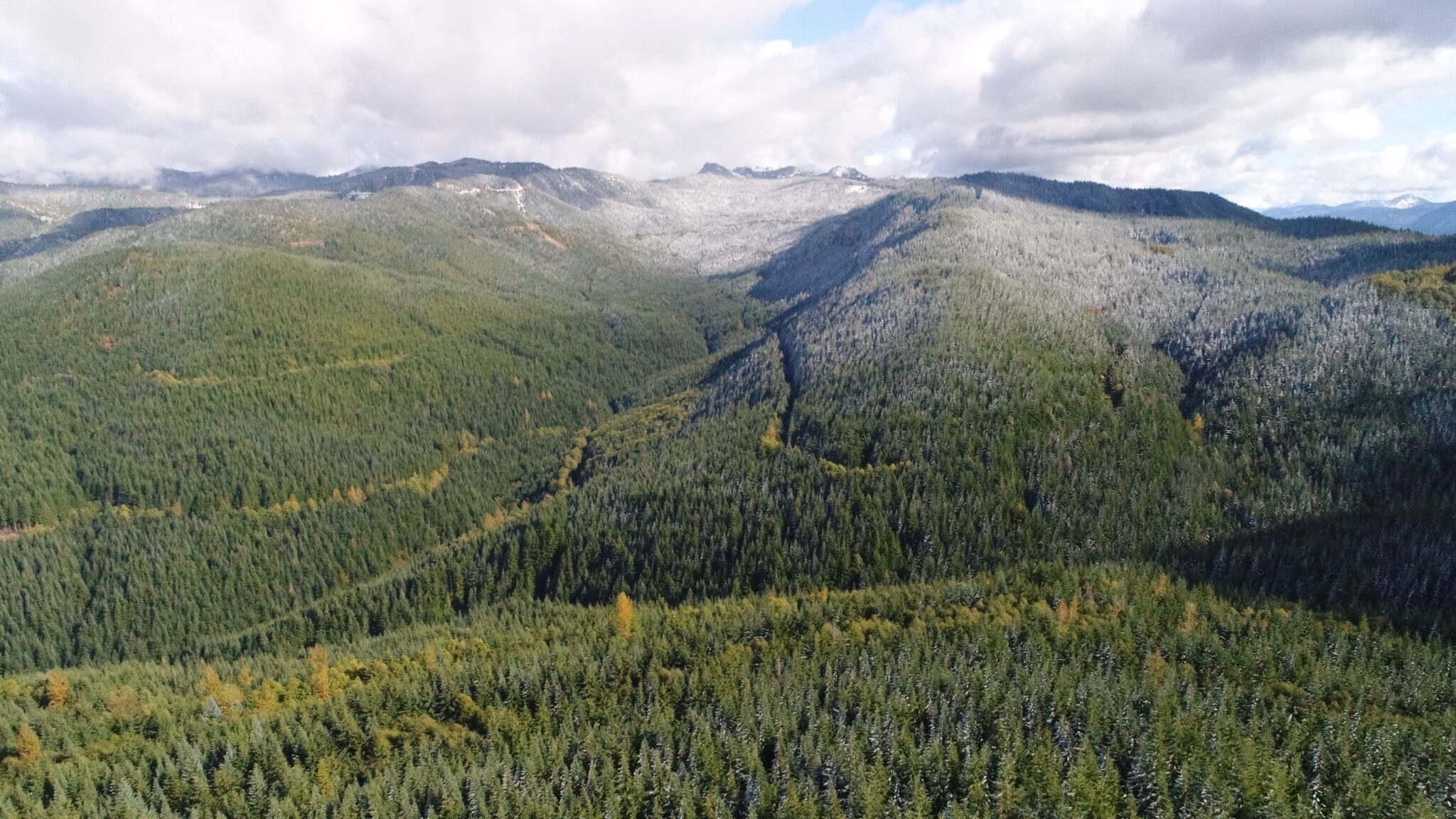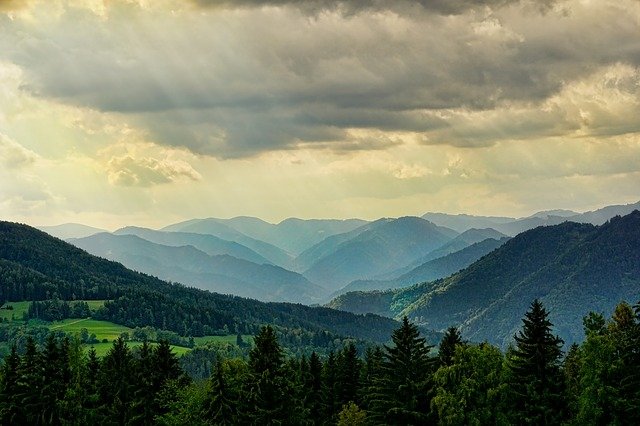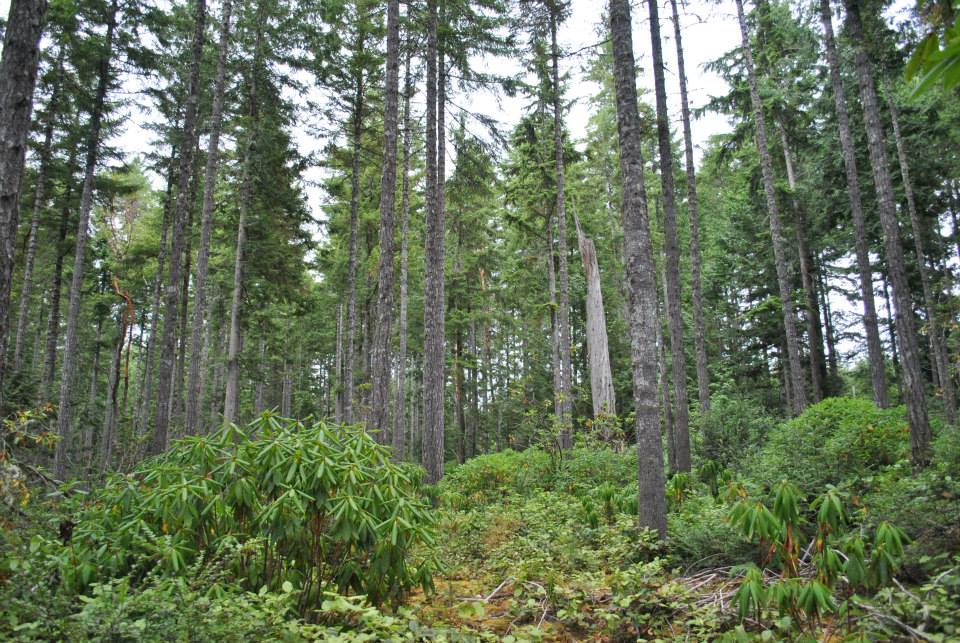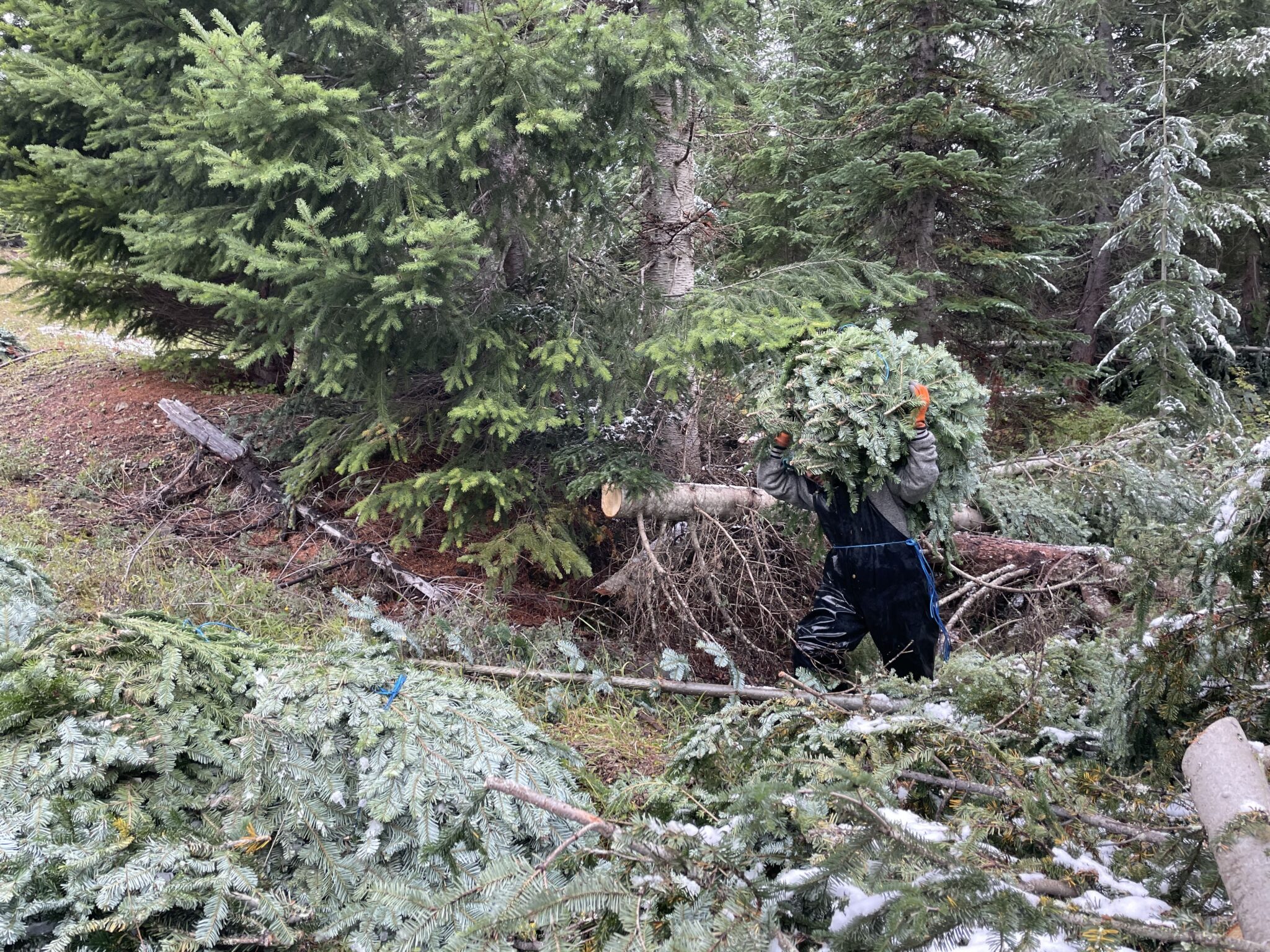Planning what happens to your land after you pass on is a critical part of good forest stewardship. If you don’t plan to sell your land or pass it on to another family member, you’ll need to figure out not just how it will be managed in the future, but who will manage it. That involves a lot of decisions, and likely a lot of outside help. But even if you do plan to leave the land to your kids or other family members, don’t assume that transition will happen smoothly on its own.
From the Blog
Restoring watershed ecosystems at Tarboo Forest
Northwest Watershed Institute (NWI), a Port Townsend-based non-profit, leads the work to regrow old-growth forests in the uplands of Tarboo Creek and re-establish forested wetlands in the floodplain. Over the years, NWI has quilted together Tarboo Wildlife Preserve, 396 acres in the Tarboo valley near Quilicene, Washington.
Go with the Snow: Winter Forest Monitoring Results
The future is looking drier, and the trees are taking notice. With climate change creating warmer and drier summers, how can we use forestry techniques to increase snowpack and slow snowmelt for water availability? This question led us at NNRG to create an experiment in practical forestry methods, in collaboration with several partners.
Camp Robbinswold: Growing the Next Generation of Trees and Leaders
Nestled on the edge of the Olympic Peninsula about halfway down Hood Canal, Camp Robbinswold includes 570 acres of young, older, and mixed-age forest that is Forest Stewardship Council® certified through NNRG’s FSC® group certificate. The camp property includes 1.5 miles of shoreline and tidelands, a 10-acre freshwater lake, 350 acres of forest managed for […]
Read an Excerpt of our Forthcoming Book | A Forest of Your Own: The Pacific Northwest Handbook of Ecological Forestry
A new and unique project is underway for NNRG: we’re writing a book! Co-authored by NNRG’s Executive Director Seth Zuckerman and Director of Forestry Kirk Hanson, and published by Mountaineers Books, the book will be a “how-to” manual for forest owners that teaches them to notice the natural qualities of their land, decide how to care […]
ARE WE OLD GROWTH YET? NNRG TURNS 30!
Since its founding in 1992, NNRG has been led and staffed by a small, rotating band of idealists and innovators. 30 years later, though the team remains small, the impact of our work has spread as swiftly as a field of salmonberry that’s found a gap in the canopy. When NNRG sprouted 30 years ago […]
Habitat Burns, Burning Love, and Loving Butterflies at Beazell Memorial Forest
It’s that classic love story: boy meets girl, boy buys forest, girl marries boy, boy plants 100,000 trees. Okay, not classic, exactly, but sweet, definitely. When Fred Beazell bought over 500 acres of former farmland near Corvallis in the early sixties, he had dreams of living on the land with his long-time sweetweart, Dolores Anthony. […]
Get Outside! Enjoying FSC®-Certified Forests
We are fortunate that many Forest Stewardship Council®-certified forests in the Pacific Northwest are open for public enjoyment. These lands offer an opportunity for all of us to know what healthy forests look and feel like. Here’s a list of FSC-certified forests that are open to the public.
Controlling and Identifying Invasive Woodland Plants
RESOURCES FOR IDENTIFYING AND CONTROLLING FLORA NON GRATA IN YOUR WOODLANDS Invasive plants such as the ones listed on this page can damage natural resources. They can quickly erode biodiversity in woodlands and reduce wildlife habitat by overtaking and toppling trees, eroding streambanks, crowding out and shading out native plant species, and even changing soil […]
Keeping a Weather Eye Open: Measuring Snowfall in the Nisqually Watershed
Maintaining a steady and reliable source of water in a changing climate is critical for the health of both people and ecosystems. Northwest Natural Resource Group (NNRG) has been testing methods of ecological forestry that will increase the resilience of future watershed forests. At the Nisqually Community Forest near Mount Rainier, we have implemented several forestry techniquesthat you may […]
Spring: Forestry through the Seasons
It’s nearly officially spring, so get ready to greet the return of the growing season! Each season presents the best time to conduct different stewardship activities. Timing your forest management for the ideal season will help you achieve success and avoid setbacks. This page provides tips to help you make the most of stewarding your forest […]
An EQIP Success Story from Shaw Island, Washington
Around 200 people call Shaw Island home, among them Lynn Bahrych, formerly a Commissioner for the Washington State Conservation Commission and co-chair of the Washington State Soil Health Committee. Lynn is steward and owner of Osprey Pond, a 64-acre forest and wildlife pond on the northwestern end of the island. With financial support from the Environmental Quality Incentives Program (EQIP), Lynn has embarked on a project to transform her tinderbox “wall of trees” into a fire- and climate-resilient forest that more closely resembles the natural, fire-adapted forest of millennia past.
The Conservation Stewardship Program (CSP) can help fund your forest stewardship
For forest owners who have been stewarding their forests for a longer time, the Conservation Stewardship Program (CSP) may be a convenient additional source of funding for ongoing stewardship activities. This article explains what CSP can fund, and who can apply.
How The Confederated Tribes of Grand Ronde Built a Nursery that Supports Land and Community
This article originally appeared in the December 2021 newsletter of Treeline, the regional forest adaptation network. It is reprinted here with permission. You can find the complete newsletter here. A conversation with Jeremy Ojua, Lindsay McClary and Kayla Seaforth The Natural Resources Department at the Confederated Tribes of Grand Ronde (CTGR) has been operating the […]
2020 Reforestation Project: Year 2 Report
This article is part of the Hanson Family Forest series. In January 2020 we planted 18 acres on our family’s land near Bucoda, WA in an effort to restore several degraded sites that had been logged by a previous landowner, but not replanted. These were challenging sites to recover as they were comprised of either […]
2022 Winter/Spring Native Plant Sales
The winter wet season in the Pacific Northwest is an ideal time to plant young trees and native shrubs! Planting native trees and shrubs enhances forest biodiversity by providing habitat for wildlife and forage for pollinators. It’s also a great way connect to the land and increase your aesthetic and recreational appreciation for the forest.
2021 in Pictures
Throughout the year, NNRG’s staff have had the privilege to visit some very cool places, talk to interesting small, people, and experience the beauty and bounty of the Pacific Northwest. Our work has taken us from the Willamette Valley oak savannas to the coastal forests of the San Juan Islands, and beyond. Take a look […]
2021: The Year’s Accomplishments In Review
2022 is just days away, and the NNRG team is itching to get to work on some of the new projects planned for the year. But before we continue on our mission to strengthen the ecological and economic vitality of Northwest forests and communities, we’d like to take a moment to reflect on some of […]
Longer Rotations and Carbon
It’s no secret that contemporary industrial timber practices fall short of realizing the potential of Pacific Northwest forests to sequester carbon. Whether it’s the allure of quick financial returns, the constraints of high discount rates, or the notion of fiduciary responsibility, most industrial owners west of the Cascades cut their evergreen forests soon after they […]
A Holiday Bough Harvest at Nisqually Community Forest
NNRG recently facilitated a unique harvest at Nisqually Community Forest, a community-owned and community-managed forest at the foothills of Mount Rainier. The Community Forest is the site of a project that is testing the effects of thinning to different densities on a stand’s ability to adapt to the hotter, drier climate of the future. In […]

